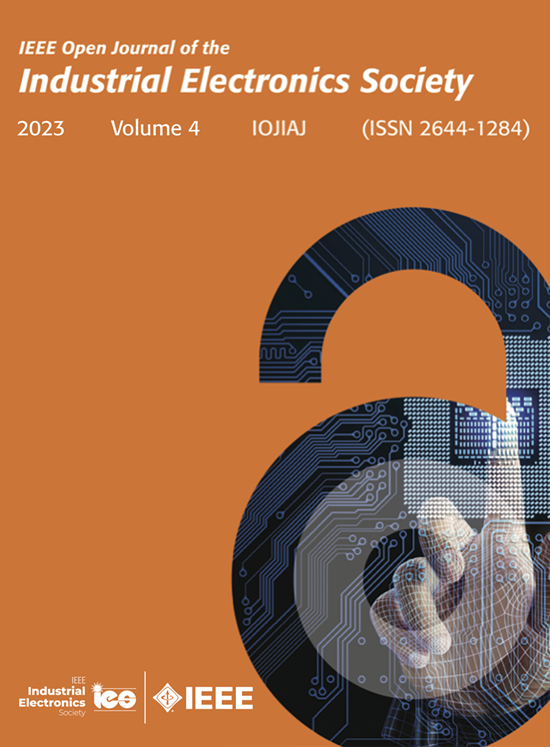GMPP Estimator as a Global Solution for MPPT Algorithms Under Partial Shading Conditions
IF 4.3
Q1 ENGINEERING, ELECTRICAL & ELECTRONIC
IEEE Open Journal of the Industrial Electronics Society
Pub Date : 2025-08-25
DOI:10.1109/OJIES.2025.3602363
引用次数: 0
Abstract
The power versus voltage curve of a photovoltaic (PV) panel exhibits several maximum power points (MPPs) in a partial shading (PS) condition. Thus, it remains an optimization challenge to ensure that PV systems operate at their global MPP (GMPP). Scanning the output characteristics of the PV panels seems a general solution for this issue. However, applying a short circuit to the terminal of PV panels where there exists an electrolytic capacitor, has a detrimental effect on the lifetime of the system. To this end, in this article, a GMPP estimator is proposed as a global solution for conventional maximum power point tracking (MPPT) algorithms under PS conditions. The proposed technique improves existing simple MPPT algorithms with original approaches as follows: first, an accurate microscopic analysis of a PV characteristic in PS conditions is considered, second, an original definition of the dominant cells and modules in a PV panel is proposed that allows to reduce the PS patterns to a finite number, and third, the search area for the MPPT operation is reduced to find the accurate GMPP by proposing two voltage boundaries. The lower boundary corresponds to the GMPP under uniform shading condition that can be determined using a closed form formula, while the upper one refers to the GMPP of a dominant cell in a PV module that can be determined using an artificial intelligence technique. This can also help set the initial duty cycle in a convex area around the GMPP. The functionality of the proposed GMPP estimator is experimentally validated.GMPP估计是部分遮阳条件下MPPT算法的全局解
在部分遮阳(PS)条件下,光伏(PV)面板的功率与电压曲线显示出几个最大功率点(MPPs)。因此,确保光伏系统在其全局MPP (GMPP)下运行仍然是一个优化挑战。扫描光伏板的输出特性似乎是解决这个问题的一般方法。然而,在存在电解电容器的光伏板的末端施加短路,对系统的寿命有不利影响。为此,本文提出了一种GMPP估计器,作为PS条件下传统最大功率点跟踪(MPPT)算法的全局解决方案。该技术改进了现有的简单MPPT算法,采用了以下新颖的方法:首先,考虑了对PS条件下光伏特性的精确微观分析;其次,提出了光伏面板中优势电池和模块的原始定义,允许将PS模式减少到有限数量;第三,通过提出两个电压边界,减少了MPPT操作的搜索区域,以找到准确的GMPP。下边界对应均匀遮阳条件下的GMPP,可以用封闭形式公式确定,上边界对应光伏组件中优势电池的GMPP,可以用人工智能技术确定。这也可以帮助在GMPP周围的凸区域设置初始占空比。实验验证了所提出的GMPP估计器的功能。
本文章由计算机程序翻译,如有差异,请以英文原文为准。
求助全文
约1分钟内获得全文
求助全文
来源期刊

IEEE Open Journal of the Industrial Electronics Society
ENGINEERING, ELECTRICAL & ELECTRONIC-
CiteScore
10.80
自引率
2.40%
发文量
33
审稿时长
12 weeks
期刊介绍:
The IEEE Open Journal of the Industrial Electronics Society is dedicated to advancing information-intensive, knowledge-based automation, and digitalization, aiming to enhance various industrial and infrastructural ecosystems including energy, mobility, health, and home/building infrastructure. Encompassing a range of techniques leveraging data and information acquisition, analysis, manipulation, and distribution, the journal strives to achieve greater flexibility, efficiency, effectiveness, reliability, and security within digitalized and networked environments.
Our scope provides a platform for discourse and dissemination of the latest developments in numerous research and innovation areas. These include electrical components and systems, smart grids, industrial cyber-physical systems, motion control, robotics and mechatronics, sensors and actuators, factory and building communication and automation, industrial digitalization, flexible and reconfigurable manufacturing, assistant systems, industrial applications of artificial intelligence and data science, as well as the implementation of machine learning, artificial neural networks, and fuzzy logic. Additionally, we explore human factors in digitalized and networked ecosystems. Join us in exploring and shaping the future of industrial electronics and digitalization.
 求助内容:
求助内容: 应助结果提醒方式:
应助结果提醒方式:


